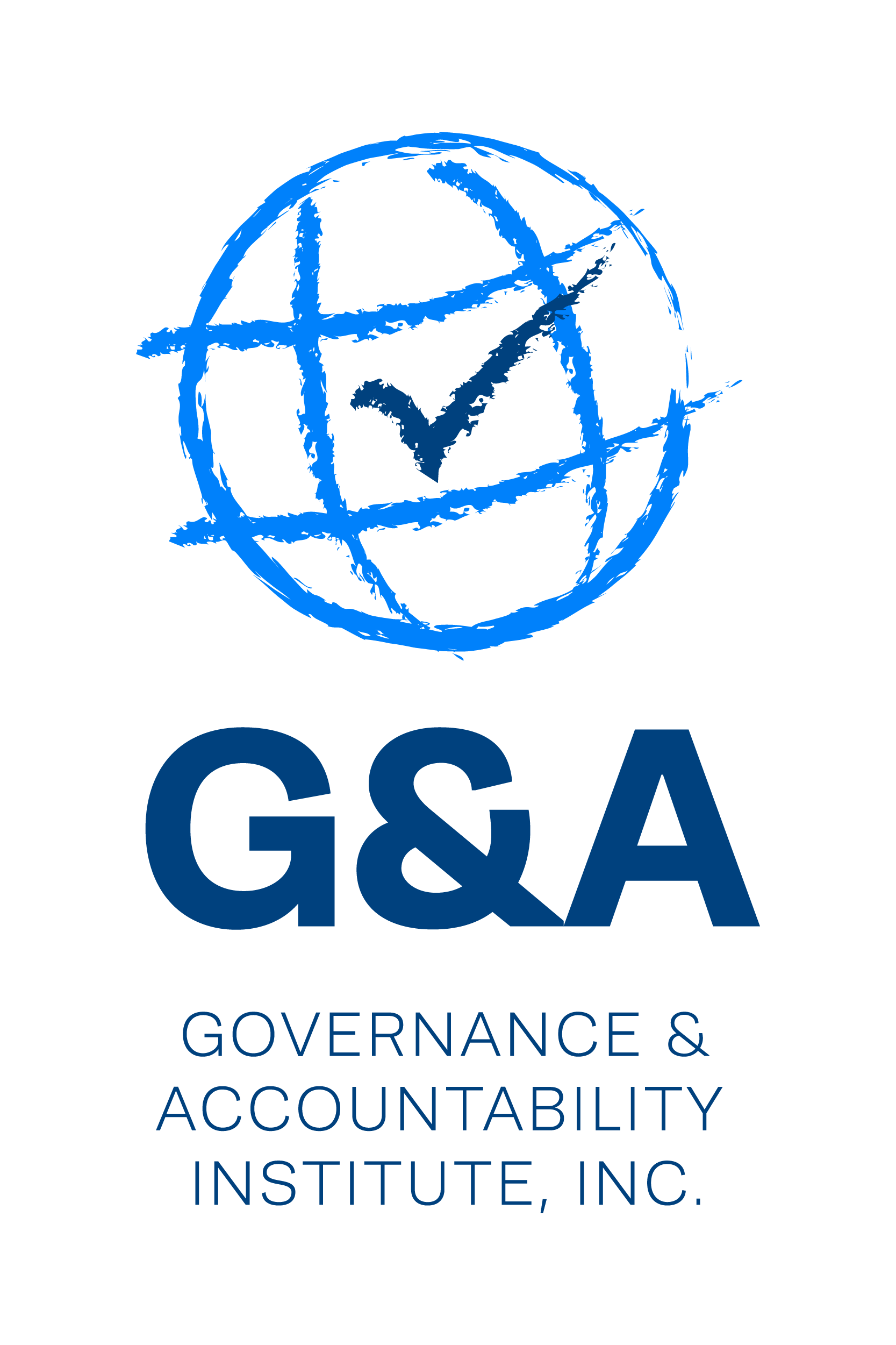GRI & SASB 2020 Collaborate To Better Understand The Use Of The Two Standards Together In Corporate ESG Reporting
G&A's Sustainability Highlights (7.16.2019)
GRI & SASB 2020 Collaborate To Better Understand The Use Of The Two Standards T…
Two heavyweights in the corporate reporting frameworks/standards arena have announced intentions to move closer to help promote “clarity and comparability in the sustainability landscape” – GRI and SASB.
The two organizations just announced a collaborative work plan to demonstrate how some companies have used both sets of corporate ESG reporting standards…together -- and lessons to share for reporters.
The common understanding expressed is that “GRI and SASB share a guiding principle” – that greater transparency (in corporate reporting) is the best currency for creating trust among organizations and their stakeholders (Tim Mohin – CEO of GRI).
Notes SASB CEO Janine Guillot: “In a post-COVID world, companies will increasingly be expected to disclose their performance on a range of ESG Topics.” The COVID-19 crisis demonstrates that non-financial information disclosure can highlight material financial implications, she advises.
In the short-term of the collaboration, the two organizations will develop examples based on reports that demonstrate how corporate reporters can use GRI Standards and SASB Standards together. Further progress in the collaboration will be decided later this year/into 2021.
The Global Reporting Initiative is the most widely-used corporate reporting framework around the world for companies reporting on their ESG sustainability, responsibility, citizenship (companies select their titles) and related activities.
The GRI Standards for reporting features a set of “universal” and “topic-specific” standards (continuing to evolve) each with one or more disclosures to guide corporate managers in preparing their disclosures -- focused on the environmental, economic and social impacts of a company. The reporting is fashioned for delivery of important ESG information to a range of stakeholders – including investors.
The GRI Standards are the fifth generation of the framework; the first corporate reports were published following “G1” back in 1999-2000. Since then more than 40,000 reports have been published following the constantly-evolving GRI framework (which became standards in 2017).
The Sustainable Accounting Standards Board (SASB) standards are more recently developed, with investor needs in mind. After an intensive collaborative effort by investors and corporate issuers and other parties, standards were announced for 77 industries in 11 sectors. Using the SASB Sustainable Industry Classification System – SICS®.
SASB standards recommend material ESG disclosure topics and related accounting metrics for the primary SICS industry assigned to a company (often companies operate across more than one industry and should consider guidance from SASB on these as well). For example, a Primary SICS Sector may be “Extractives & Minerals Processing” and the industry, “Oil & Gas – Exploration and Production”.
SASB recommendations for corporate reporting are reflecting a critical input from institutional investors on what providers of capital are considering to be material for the industry categories. The intention is to identify a subset of sustainability-related risks and opportunities likely to affect a publicly-traded company’s financials and risk profile.
At G&A institute, our team uses both sets of standards as a “hybridized” approach in working with our corporate clients in preparing their ESG disclosure and structured reporting.
“Best practice” in preparing the corporate sustainability report with ample ESG data disclosures for both investors and a range of stakeholders requires a fulsome content indexes to guide the user (especially the investor and ESG rating agencies’ analysts) to the exact information they are seeking (for example GhG emissions, water used or energy consumption) in an efficient and effective manner.
The GRI Standards content index is one of the most important aspects in assisting these analysts and other users in navigating the content and disclosures. We help companies cross-reference the SASB standards – as well as (more recently) the TCFD recommendations for disclosures; CDP data; GRESB data where applicable…and more working to create a Rosetta Stone for different users of the report to interpret the disclosures through their lens.
In our work as Data Partner for the U.S.A., U.K. and Republic of Ireland for GRI, we are capturing significant information now on the use of GRI and SASB and other reporting frameworks in one report – a most welcome advance in corporate ESG disclosure.
The trend of using both sets of standards is clearly on the rise for U.S. public companies.
Watch for our announcement (very soon!) with results of the annual S&P 500 Index® analysis. There is information in the report about the use of GRI and SASB among the S&P 500 – and the use of other reporting frameworks as well.
The S&P 500 universe of corporate issuers continue to set the pace for all publicly-traded – and privately-owned companies – in the disclosure of ESG data and information now expected by key stakeholders.
While our hybridized approach to corporate ESG reporting adds value to the reporting company’s effort to achieve greater disclosure, we advise clients (as do SASB and GRI in their announcement of collaboration) that the two standards organizations prize the independence of their standards-setting processes. As do the other reporting / standards-setting frameworks (like TCFD, CDP, et al). There is not yet a “one-size fits all” for corporate ESG reporting, but announcements like the one in our featured story move the needle.
Bottom line: as stated by SASB and GRI, both provide compatible standards for sustainability reporting that can be used in the same report. While they are designed to fulfill different purposes, based on different approaches to materiality, there are many ways to use them to create a hybrid report that creates value.
This is just the introduction of G&A's Sustainability Highlights newsletter this week. Click here to view the full issue.

